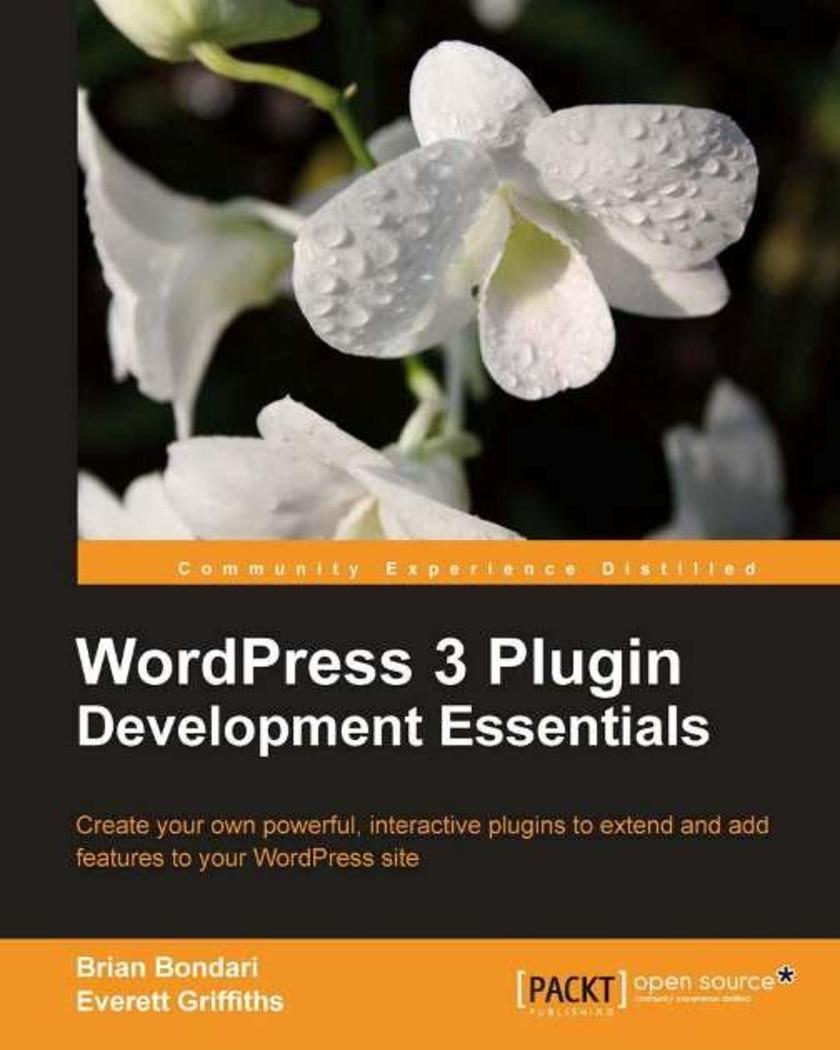
Wordpress 3 Plugin Development Essentials
¥71.93
This book will provide an easy to understand, step-by-step approach to building your own WordPress plugins from scratch. We will construct a variety of plugins from the group up, demonstrating how to tap into a number of WordPress development aspects, as well as how to prepare and release your plugin(s) to the public. This book is for WordPress users who want to learn how to create their own plugins and for developers who are new to the WordPress platform. Basic knowledge of PHP and HTML is expected, as well as a functional knowledge of how WordPress works from a user standpoint.
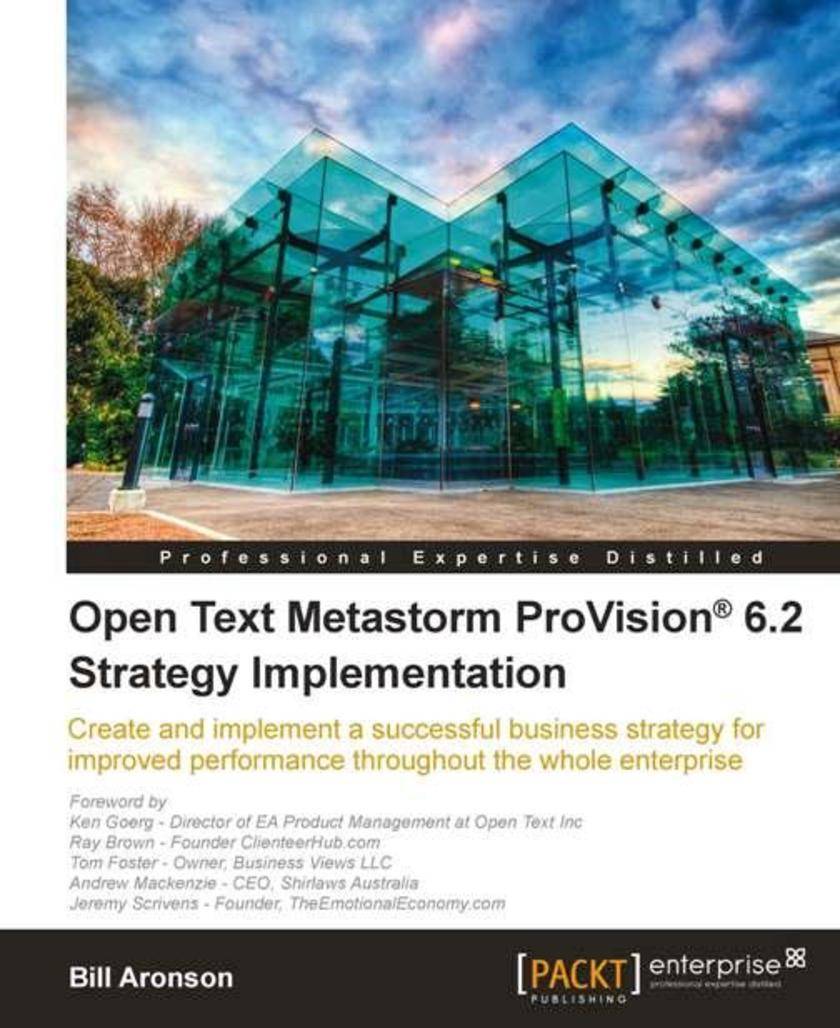
Open Text Metastorm ProVision? 6.2 Strategy Implementation
¥179.84
This is both a practical and theoretical guide detailing how to deploy a successful ProVisionstrategy, using a number of real business cases along the way. Unlike other architecture books, the approach is holistic - it looks at the whole lifecycle of building a business case, through to using the product. It combines a detailed understanding of the ProVisiontoolset with a practical grasp of the business issues that affect the implementation of a successful strategy. If you are a business architect or CIO in a large organization who wants to implement a successful strategy using Open Text ProVision?, then this book is for you. It will also be of interest if you are an enterprise designer or architect. It might be that you already have working knowledge of ProVision?, but do not yet have the skill to implement it in the right context; this book will help you get there.
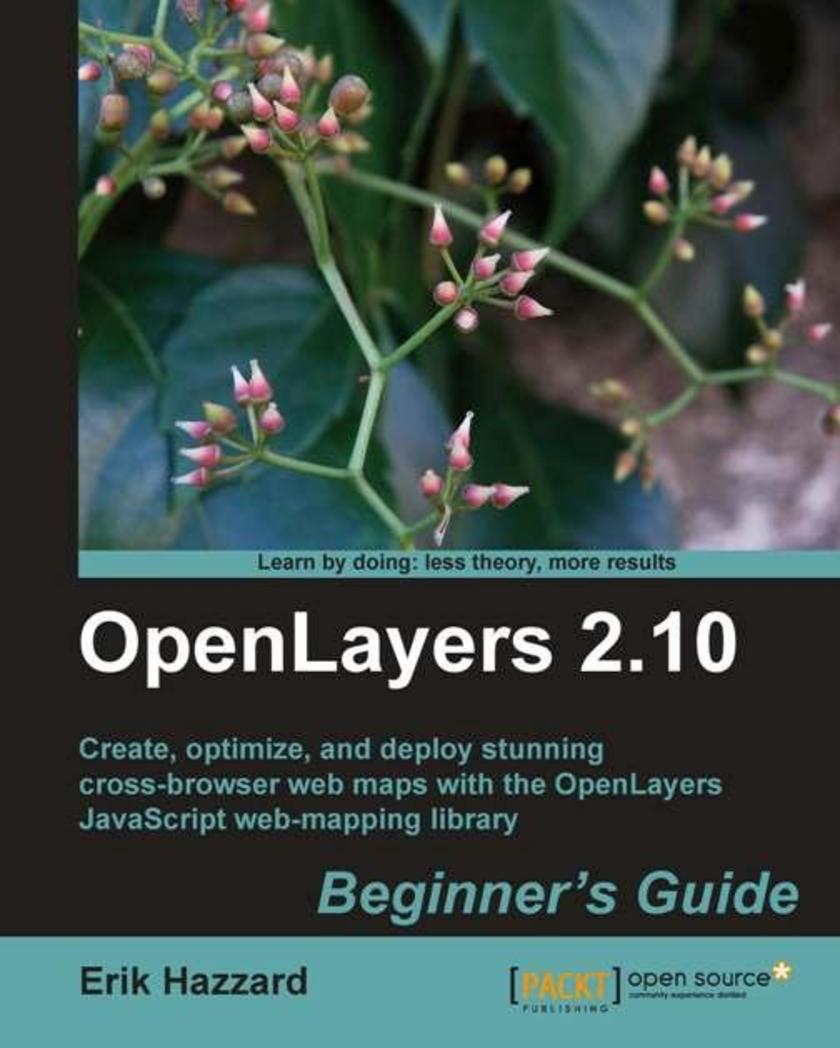
OpenLayers 2.10 Beginner's Guide
¥80.65
This is a beginner's guide with the essential screenshots and clearly explained code, which also serves as a reference. This book is for anyone who has any interest in using maps on their website, from hobbyists to professional web developers. OpenLayers provides a powerful, but easy-to-use, pure JavaScript and HTML (no third-party plug-ins involved) toolkit to quickly make cross-browser web maps. A basic understanding of JavaScript will be helpful, but there is no prior knowledge required to use this book. If you've never worked with maps before, this book will introduce you to some common mapping topics and gently guide you through the OpenLayers library. If you're an experienced application developer, this book will also serve as a reference to the core components of OpenLayers.
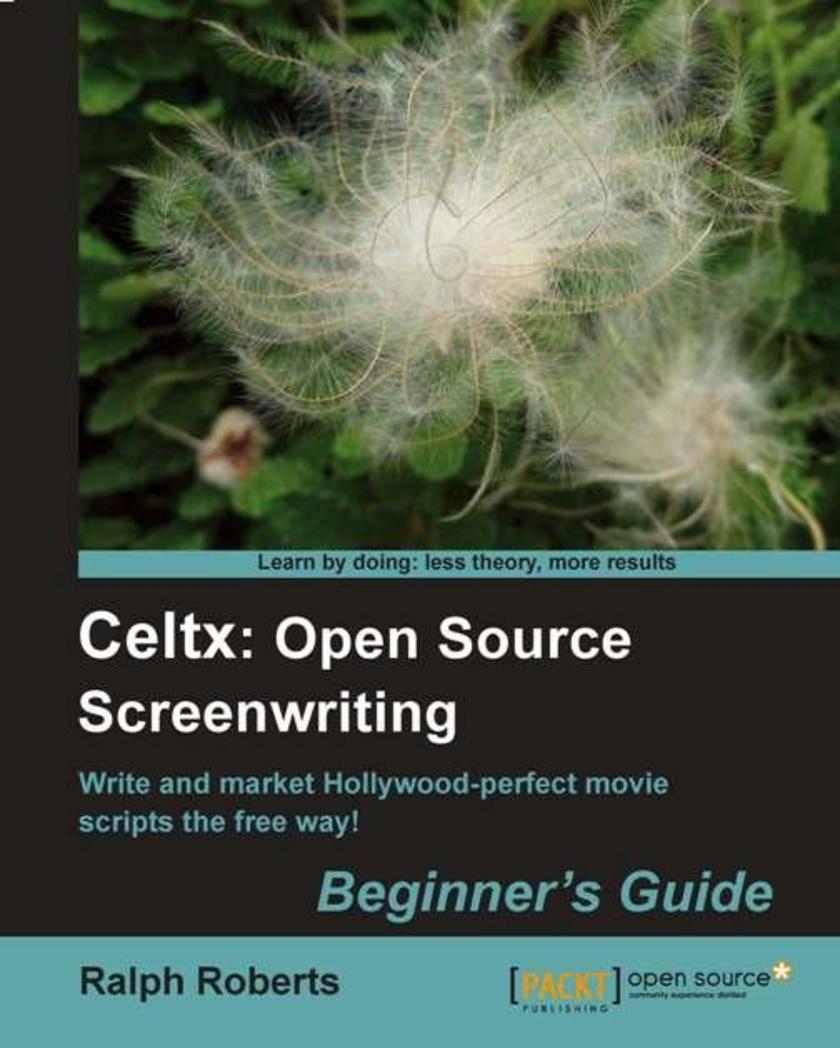
Celtx: Open Source Screenwriting Beginner's Guide
¥80.65
This is a beginner's guide – a hand-holding fun ride with step-by-step instructions and illustrative screenshots.If you want to write a professional * or screenplay using the open source tool Celtx, this book is for you. You need not have any previous knowledge of Celtx or any other writing software.
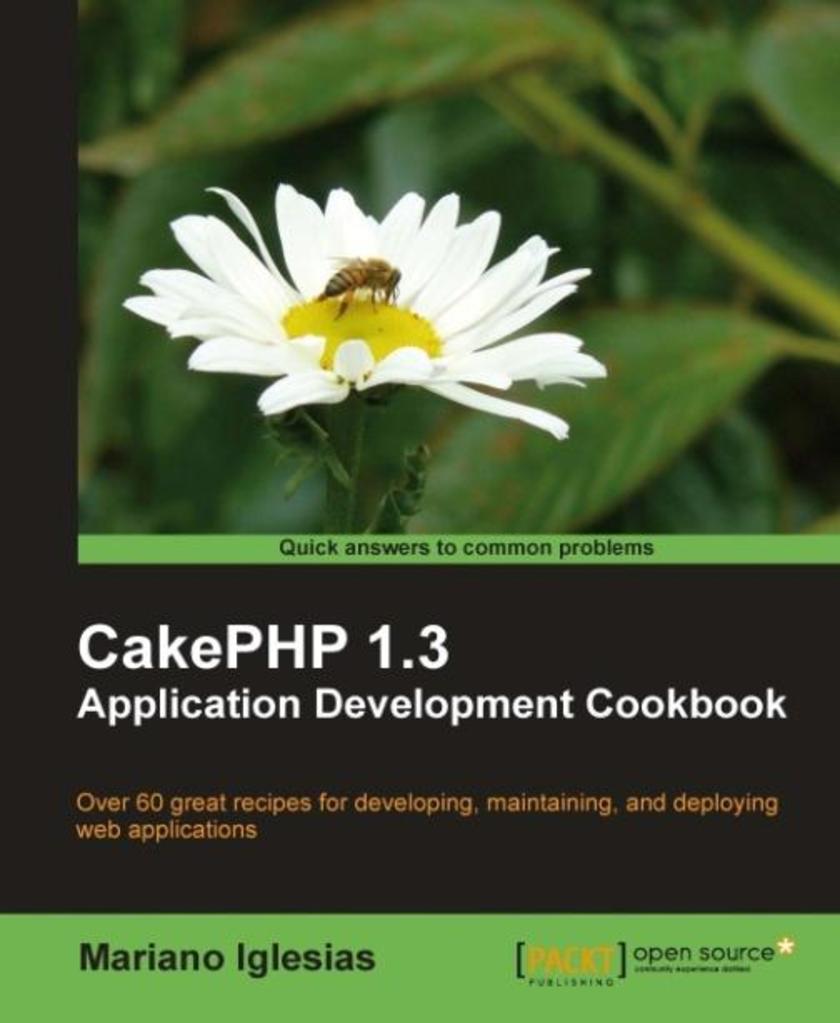
CakePHP 1.3 Application Development Cookbook
¥71.93
Written in cookbook style, this book offers learning and techniques through recipes. It contains step-by-step instructions for CakePHP developers to create unique web applications. The book is designed in such a way that you can refer to things chapter by chapter, and read them in no particular order.If you are a CakePHP developer who wants to discover quick and easy ways to improve web applications, and to leverage all aspects of the framework, this book is for you. This book assumes that you already have knowledge of CakePHP, and general PHP development skills.
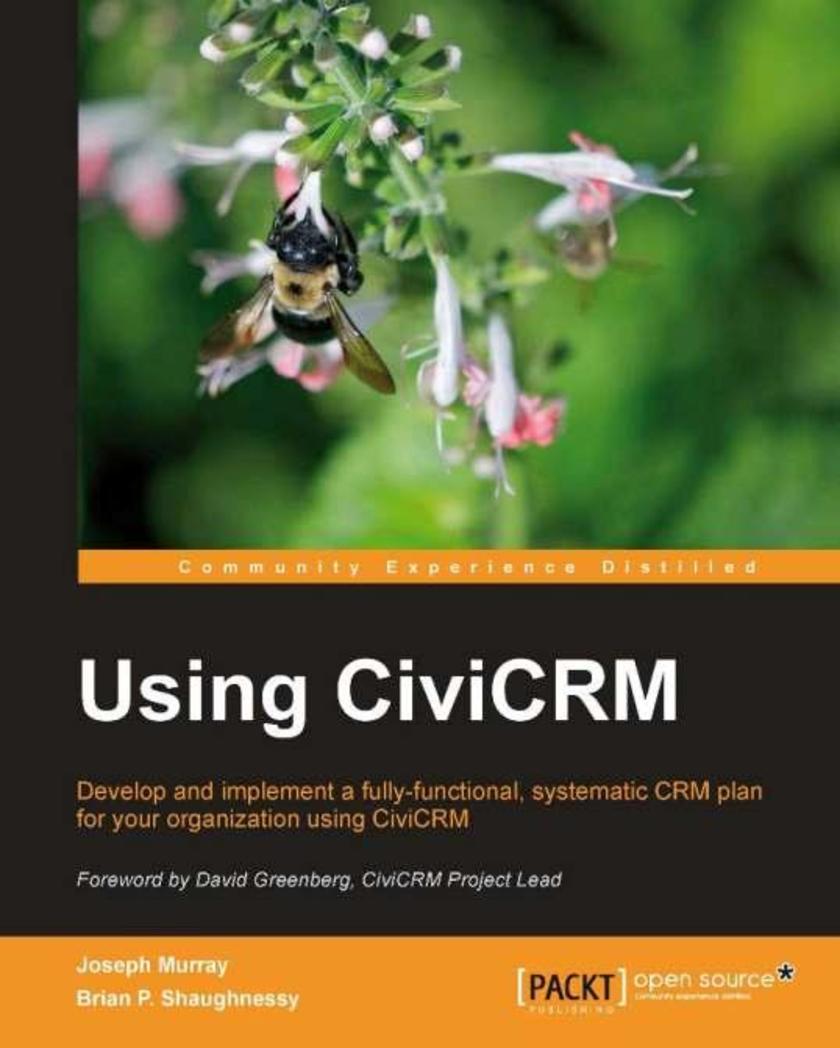
Using CiviCRM
¥107.90
This book is a step-by-step tutorial with practical examples, introduced by a planning framework and illustrations of good relationship management techniques for a variety of situations. We begin with basics such as installation, low-level implementation, and CiviCRM's core modules before covering CiviCRM's advanced features and issues such as customization of CiviCRM and integrating it with Joomla! and Drupal. You should be able to quickly grasp and implement the basic elements of CiviCRM before moving on to the more advanced features and tools. This book is for project implementers, organization leaders, staff, and volunteers in advocacy, non-profit, and non-governmental organizations, elected officials, professional/trade associations, political campaigns and parties, government agencies, and other similar organizations who want to implement CiviCRM in a manner tailored to their organization's size, culture, and needs. It addresses CRM strategists, implementers, administrators, and end users looking to become power users in communicating, fundraising, managing events, memberships, grants, cases, and people-resource management.
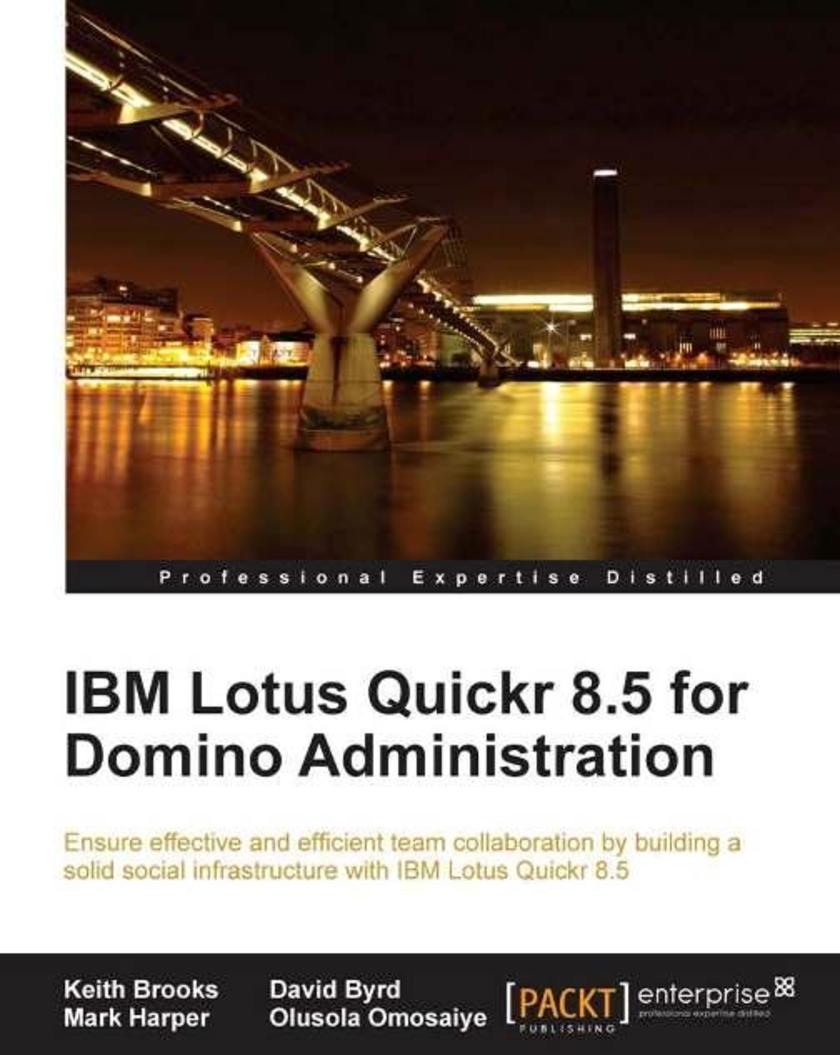
IBM Lotus Quickr 8.5 for Domino Administration
¥80.65
This is a step-by-step manual, with explanation from installation and upgrading, to the development and management of Quickr, to what-to-do-next when you finally have everything set up. It discusses problems that you might face while upgrading to the latest version. The authors show you how to get the most out of the most important features including installing, configuring, maintaining, and troubleshooting a clustered environment with Lotus Quickr. This is a step-by-step manual for System Administrators and Business Analysts who need to facilitate the effective and efficient performance of diverse teams in an interconnected world. It can also be read by Management to gain a high-level understanding of the new features and capabilities offered by the product. You don't require any knowledge of IBM Lotus Quickr 8.5. This book will teach you everything you need to know.
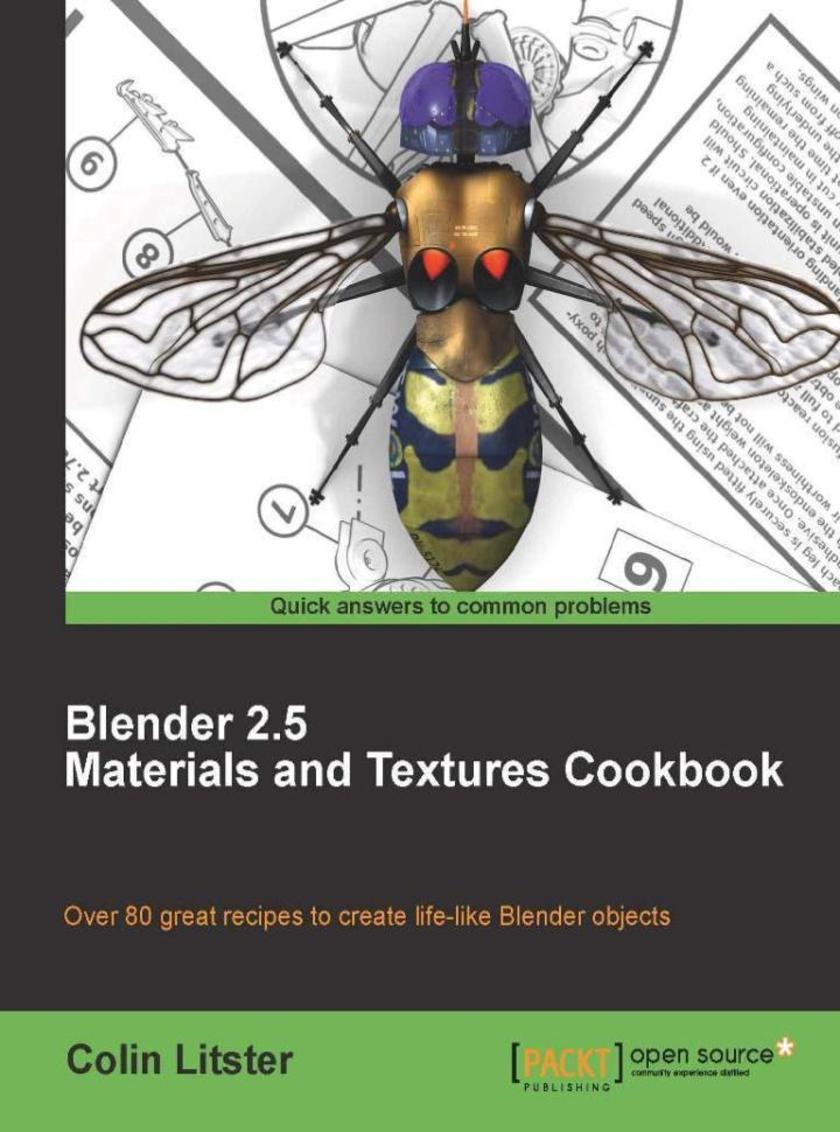
Blender 2.5 Materials and Textures Cookbook
¥80.65
Each chapter in the book follows a themed approach to creating materials using the new Blender 2.5 features. As you read through each chapter you will learn approaches to create materials and textures. These materials and textures will help you to create a flawless simulation of real-world objects. You need not read the chapters in any particular order to learn to use the Blender 3D suite for materials simulation appropriately. Every recipe in this book will enable you to create a usable material or texture effect as well as teaching you techniques that save your time. If you are a Graphics Designer looking to master the features for materials and textures to create realistic looking models in Blender, then this book is for you. It can be read by both beginners and experienced Blender users; however, prior understanding of object creation and manipulation in Blender would be an advantage. This is a must-read for Blender users who want to learn the concepts and at the same time experiment with the different Blender Material and texture functions.
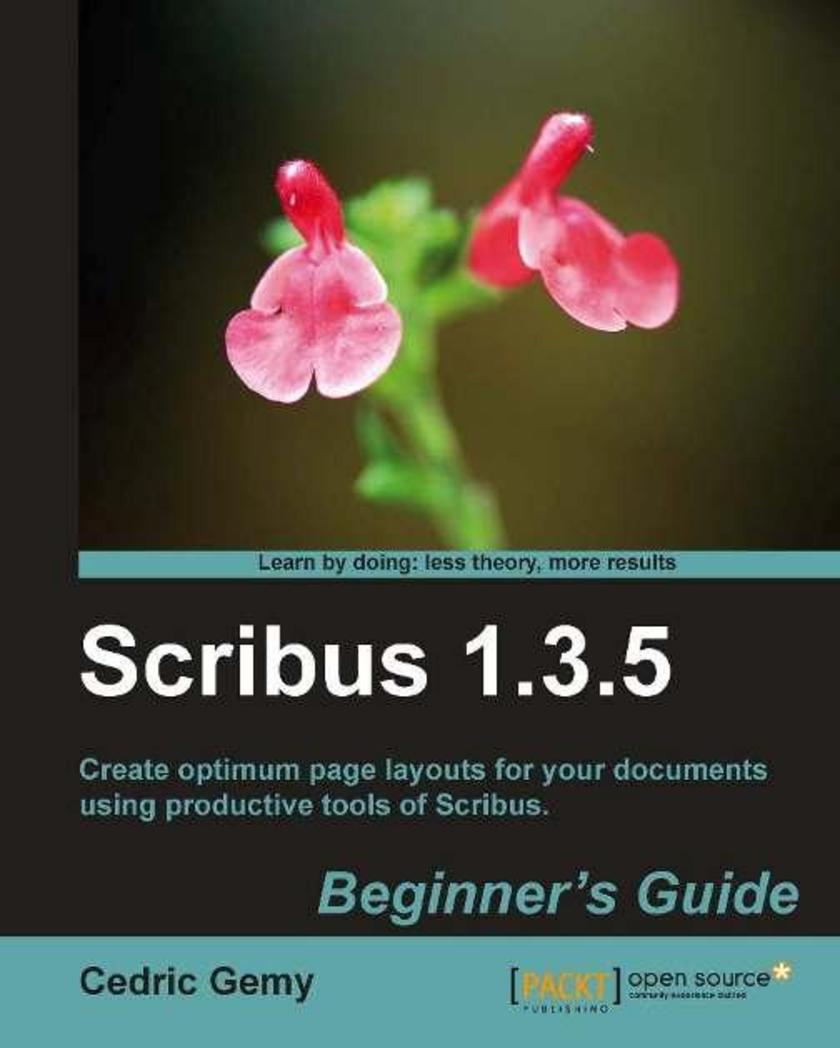
Scribus 1.3.5 Beginners Guide
¥71.93
This book is a step by step guide packed with interesting examples and screenshots that cover lot of support options to help you achieve the superior quality documents. This books is divided into 11 chapters, each chapter dealing with a precise aspect of the software to help you have the best overview and make the best design choices for your document. This book is for people who want to create professional-looking documents with Scribus. If you want a great looking brochure, newsletter, or poster, this is the book for you. No experience of desktop publishing software is required – only creativity and enthusiasm for creating great documents!
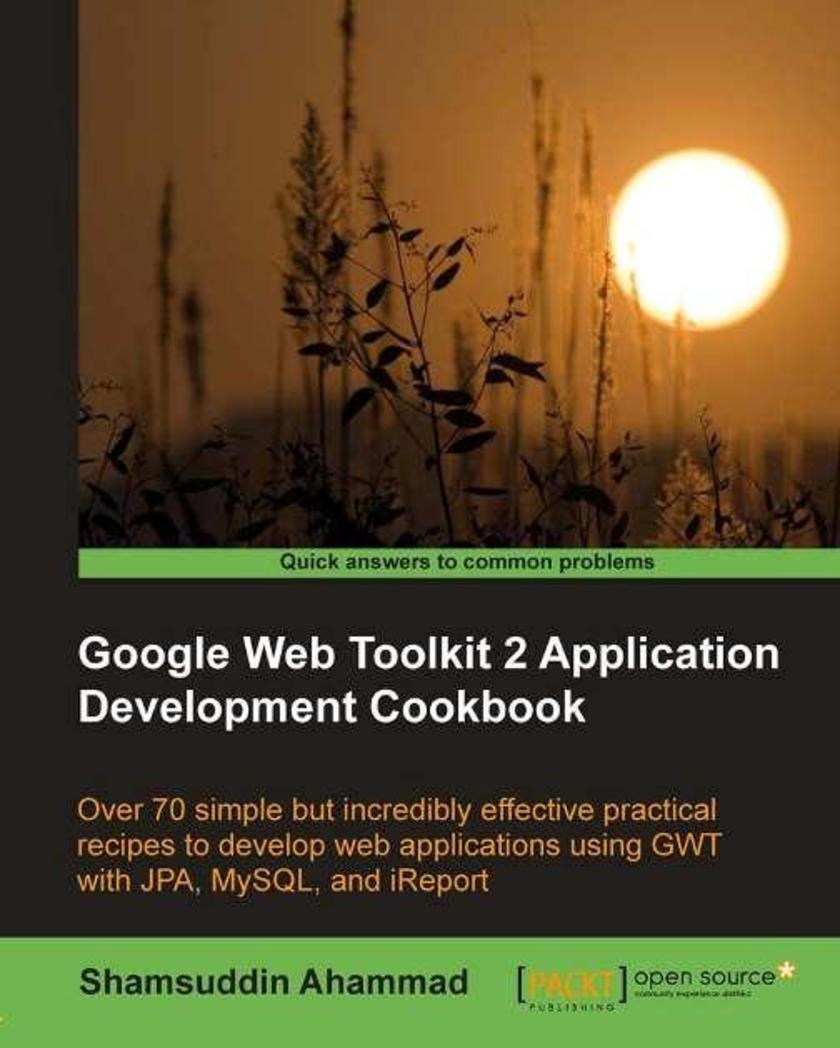
Google Web Toolkit 2 Application Development Cookbook
¥71.93
The recipes in this book are in a straightforward and easy to follow format.The range of topics covered in this book will bring out the forward-thinking Java developer in you. If you want to build AJAX web applications with GWT then this book is for you. Developers with prior programming experience of Java development and object-oriented programming will find this book very useful.
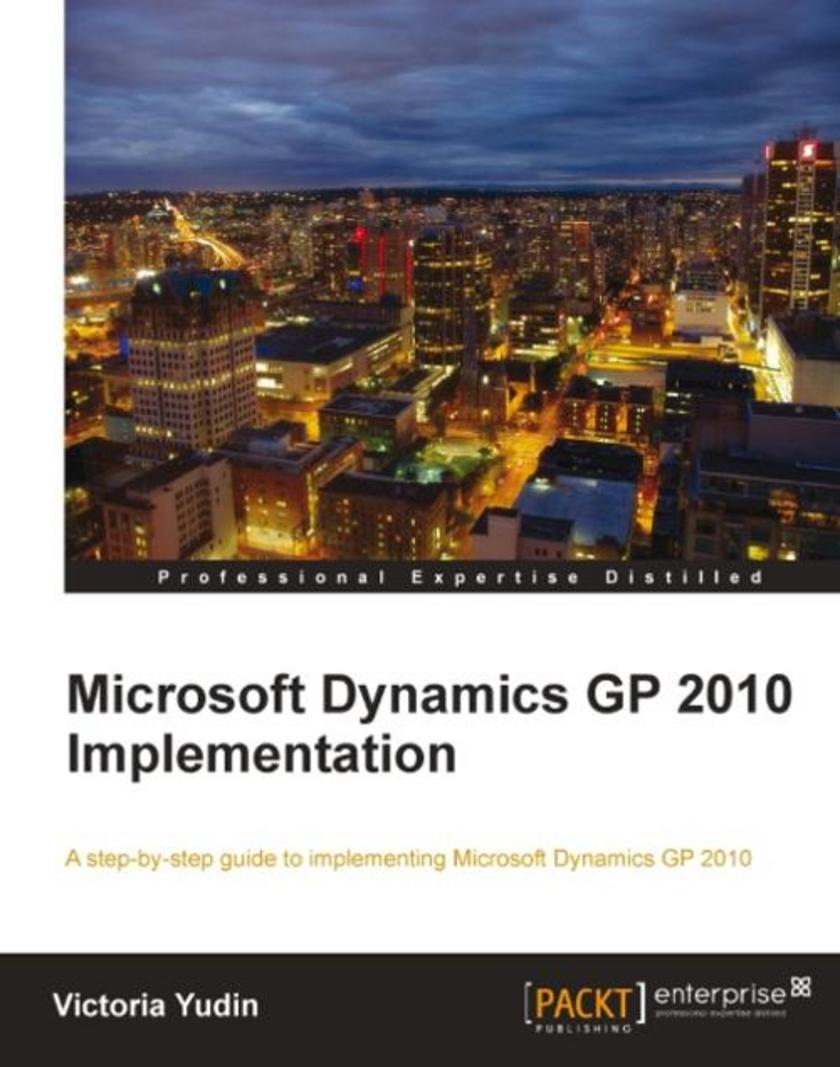
Microsoft Dynamics GP 2010 Implementation
¥107.90
A practical, focused tutorial, this book provides a step-by-step guide to planning and carrying out your Microsoft Dynamics GP 2010 implementation. Detailed de*ions and illustrations of setup screens and real-world examples are also included for the Dynamics GP system and core modules. This book focuses on Dynamics GP 2010, however, most of the concepts and explanations will apply to any Dynamics GP version. If you are a new or existing Microsoft Dynamics GP consultant or end user who wants to implement, install and set-up core modules of Dynamics GP 2010, then this book is for you. A basic understanding of business management systems and either Dynamics GP or a similar application is recommended.
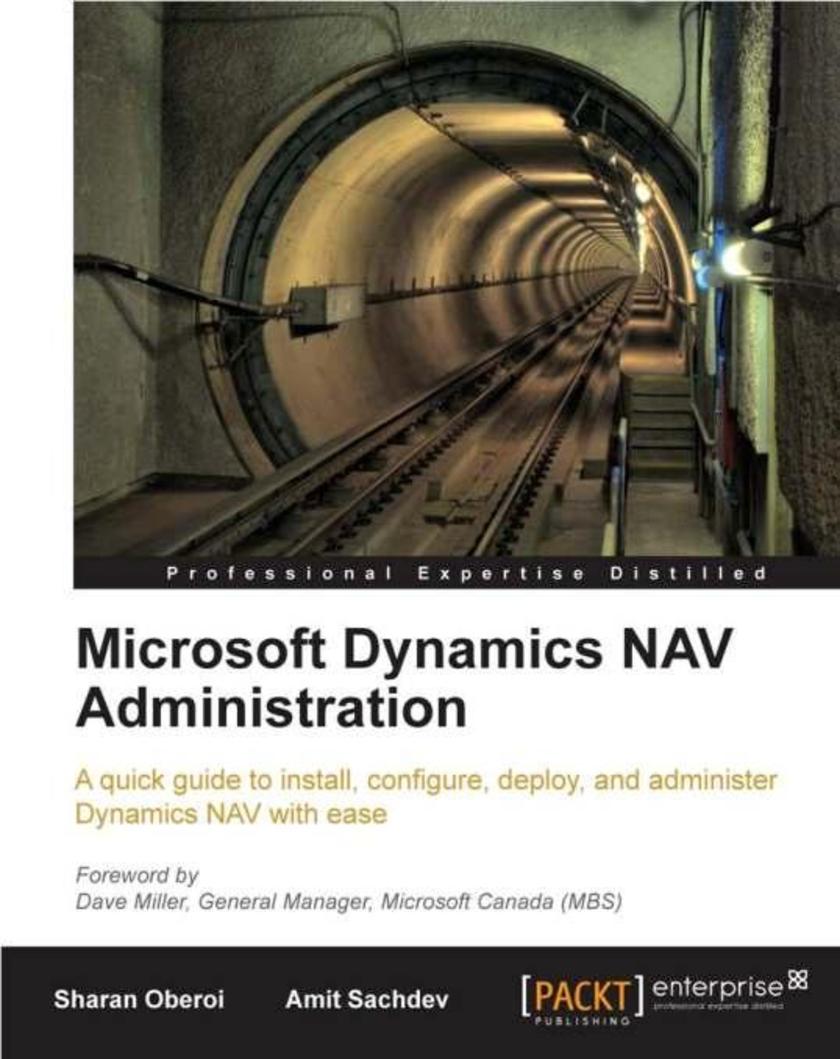
Microsoft Dynamics NAV Administration
¥71.93
This book is a tutorial guide that illustrates the steps needed to install, configure, deploy, and administer Dynamics NAV. It shows you how to get started with Dynamics NAV and then gradually explains other admin tasks such as backing up and performance tuning, using practical examples. If you want to get started in administering Dynamics NAV, this book is for you. Readers do not need any previous experience with Dynamics NAV.
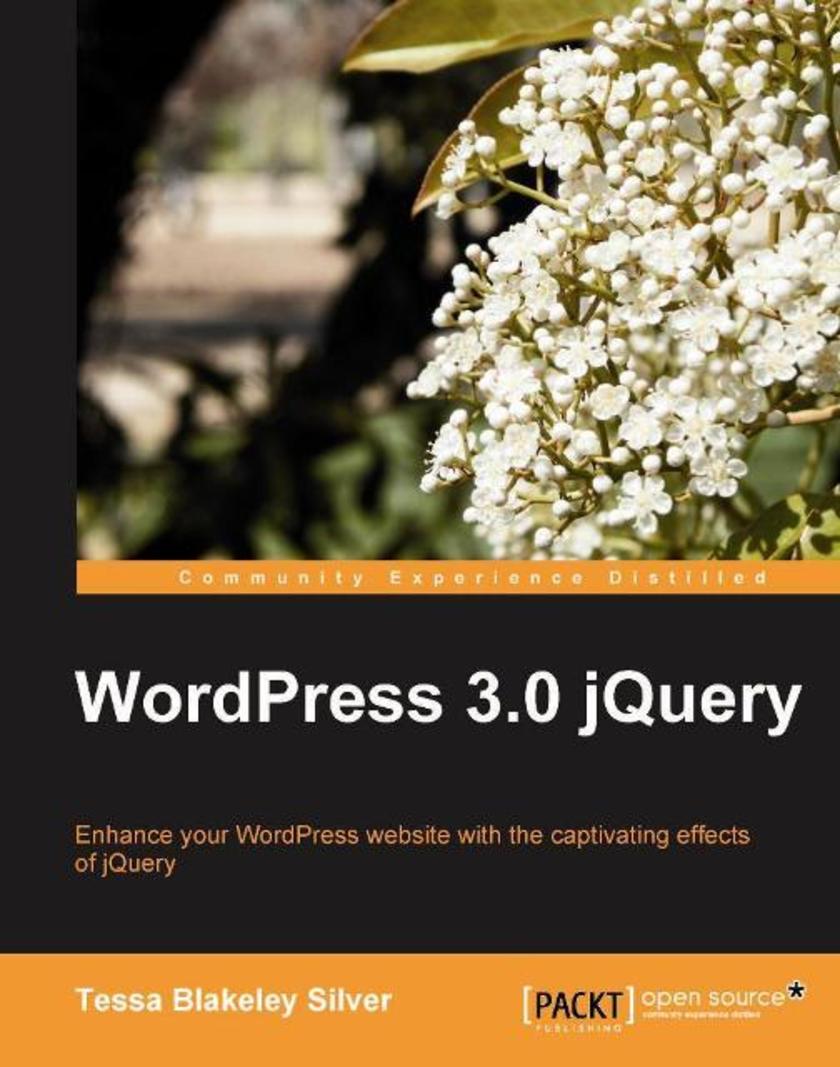
WordPress 3.0 jQuery
¥80.65
This book walks the reader from a basic overview and introduction to jQuery with illustrations of how it works with a WordPress site and then starts building enhancements that start off very simply and increase in dynamics as the book progresses. You'll start off with some simple CSS manipulation and move on to creating some sleek visual validation to your site's forms and by the end of the book use the UI plugin seamlessly within WordPress and create a custom rotating slide-show and incorporate AJAX techniques to your site. All the while showing you how to create these enhancements without "breaking up the work-flow" of the WordPress content editors. This book is for anyone who is interested in using jQuery with a WordPress site. It's assumed that most readers will be WordPress developers with a pretty good understanding of PHP or JavaScript programming and at the very least experienced with HTML/CSS development who want to learn how to quickly apply jQuery to their WordPress projects.
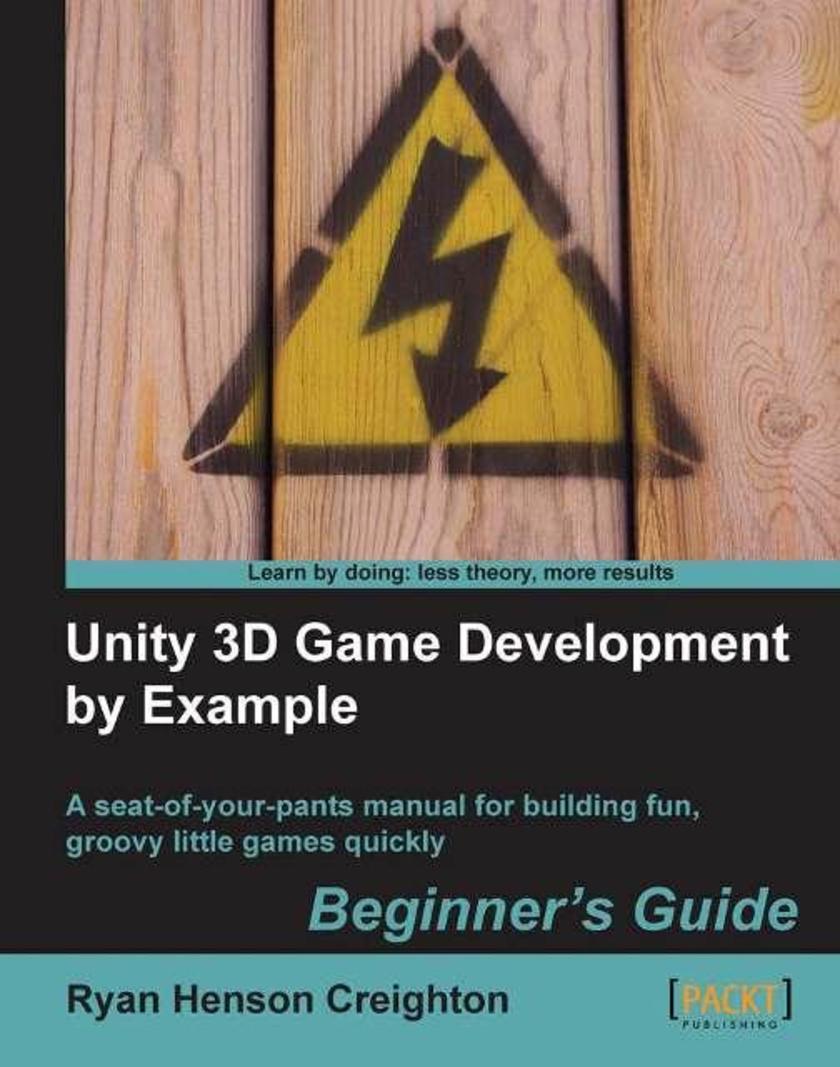
Unity 3D Game Development by Example Beginners Guide
¥80.65
The book takes a clear, step-by-step approach to building small, simple game projects. It focuses on short, attainable goals so that the reader can finish something, instead of trying to create a complex RPG or open-world game that never sees the light of day. This book encourages readers hungry for knowledge. It does not go into gory detail about how every little knob and dial functions – that's what the software manual is for! Rather, this book is the fastest path from zero to finished game using the Unity 3D engine. If you've ever wanted to develop games, but have never felt "smart" enough to deal with complex programming, this book is for you. It's also a great kick-start for developers coming from other tools like Flash, Unreal Engine, and Game Maker Pro.
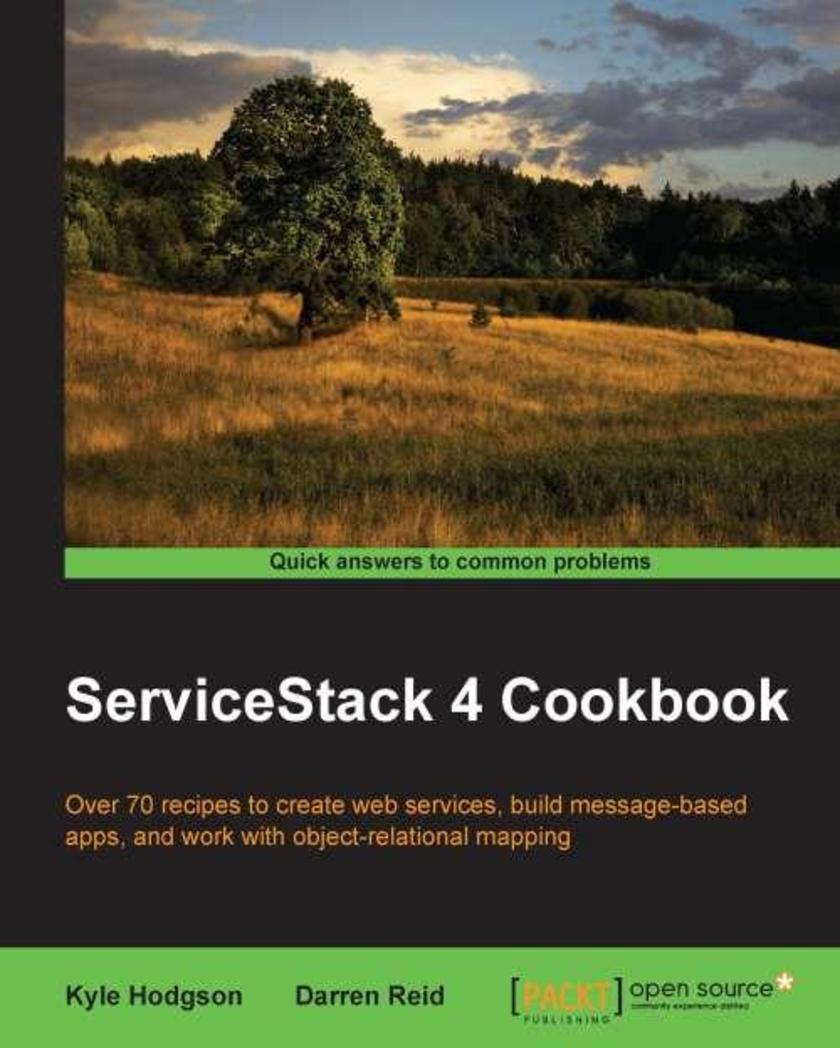
ServiceStack 4 Cookbook
¥90.46
If you are a .NET developer who is looking for a simpler way to build services, this is the book for you. It will show you how to write fast, maintainable APIs that are a pleasure to use and maintain starting from the database to the client and everything in-between.
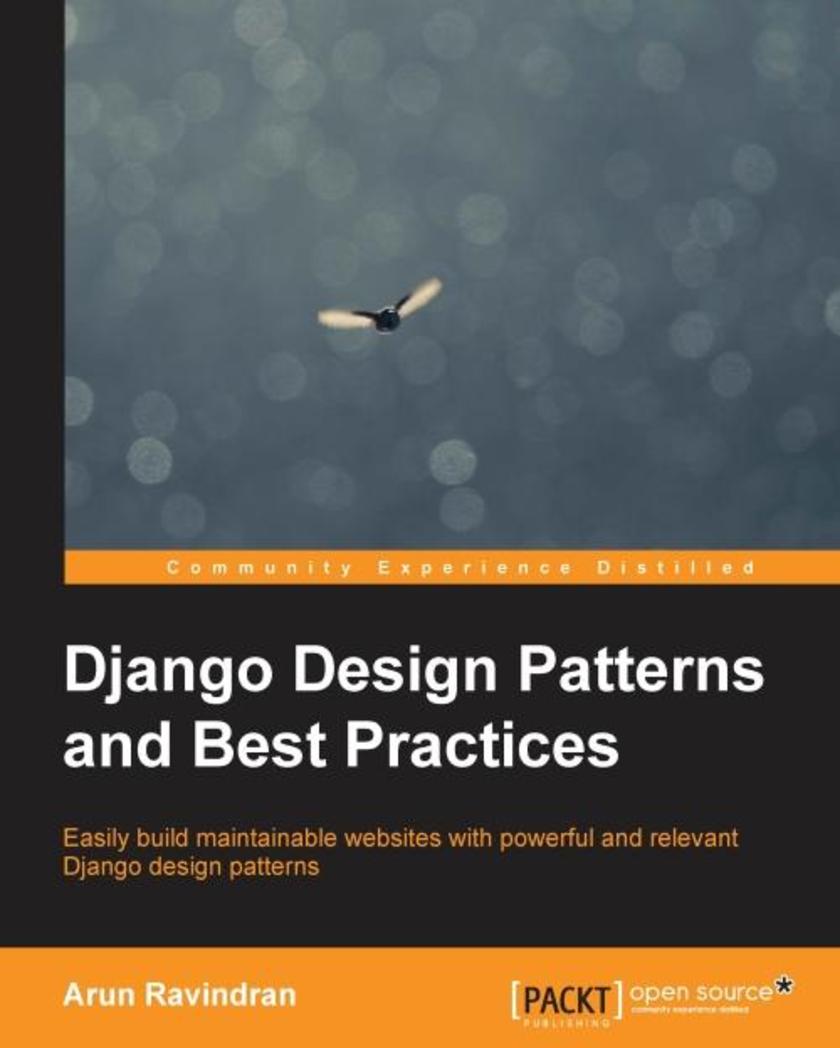
Django Design Patterns and Best Practices
¥80.65
If you want to learn how best to utilize commonly found patterns and learn best practices in developing applications with Django, this is the book for you. This book, like Django itself, is accessible to amateur and professional developers alike and assumes little in the way of prior experience. Although written for Python 3, the majority of the code in this book works in Python 2 or can be easily translated.
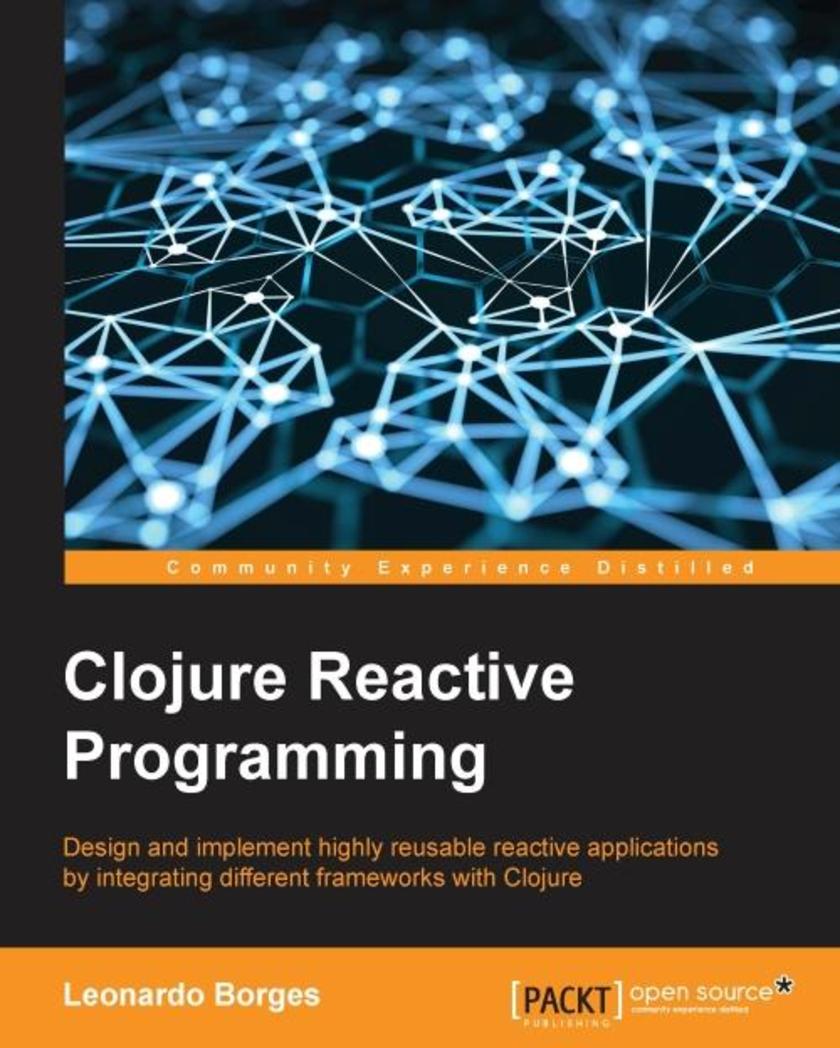
Clojure Reactive Programming
¥80.65
If you are a Clojure developer who is interested in using Reactive Programming to build asynchronous and concurrent applications, this book is for you. Knowledge of Clojure and Leiningen is required. Basic understanding of ClojureScript will be helpful for the web chapters, although it is not strictly necessary.
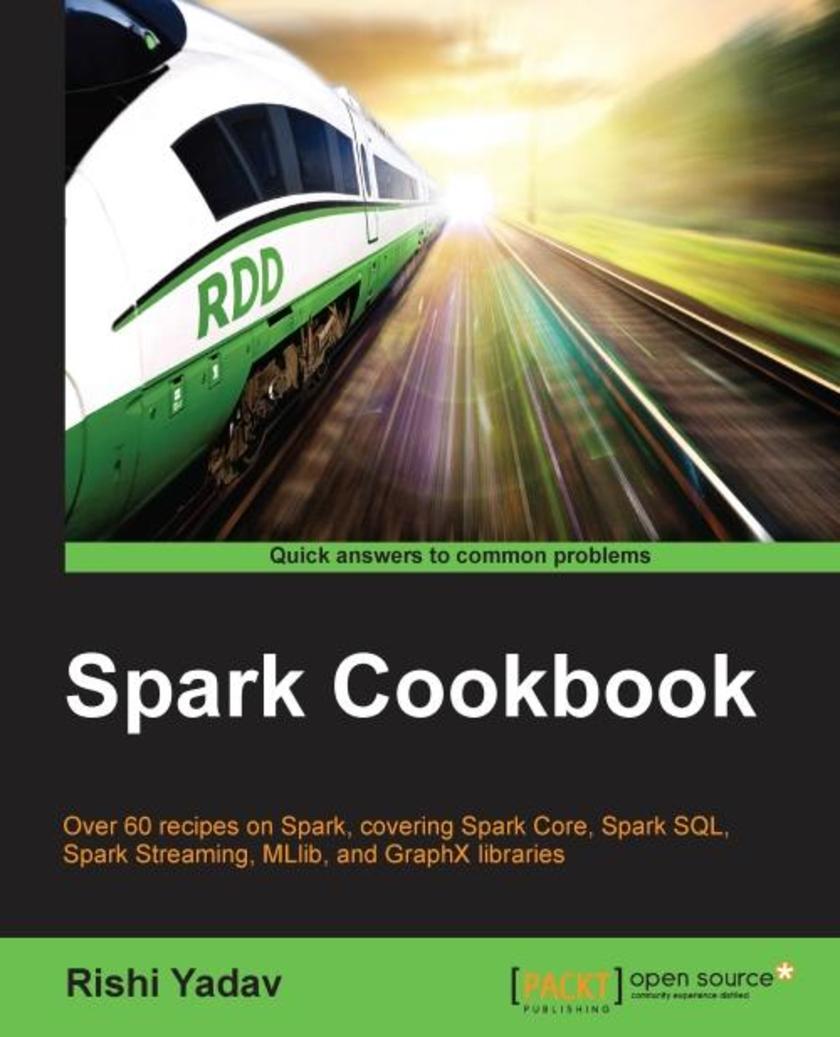
Spark Cookbook
¥80.65
If you are a data engineer, an application developer, or a data scientist who would like to leverage the power of Apache Spark to get better insights from big data, then this is the book for you.
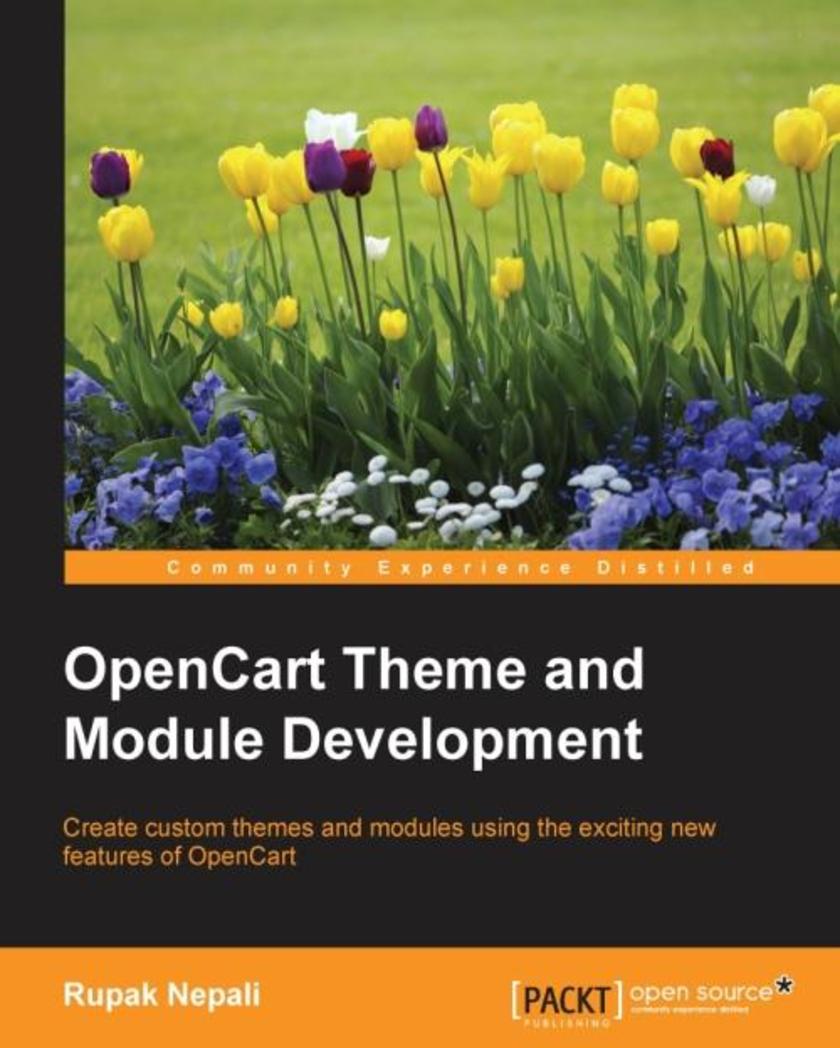
OpenCart Theme and Module Development
¥54.49
This book is aimed at developers and designers who want to start developing their own themes and extensions and for those who want to know about the code workflow of the OpenCart theme and modules.
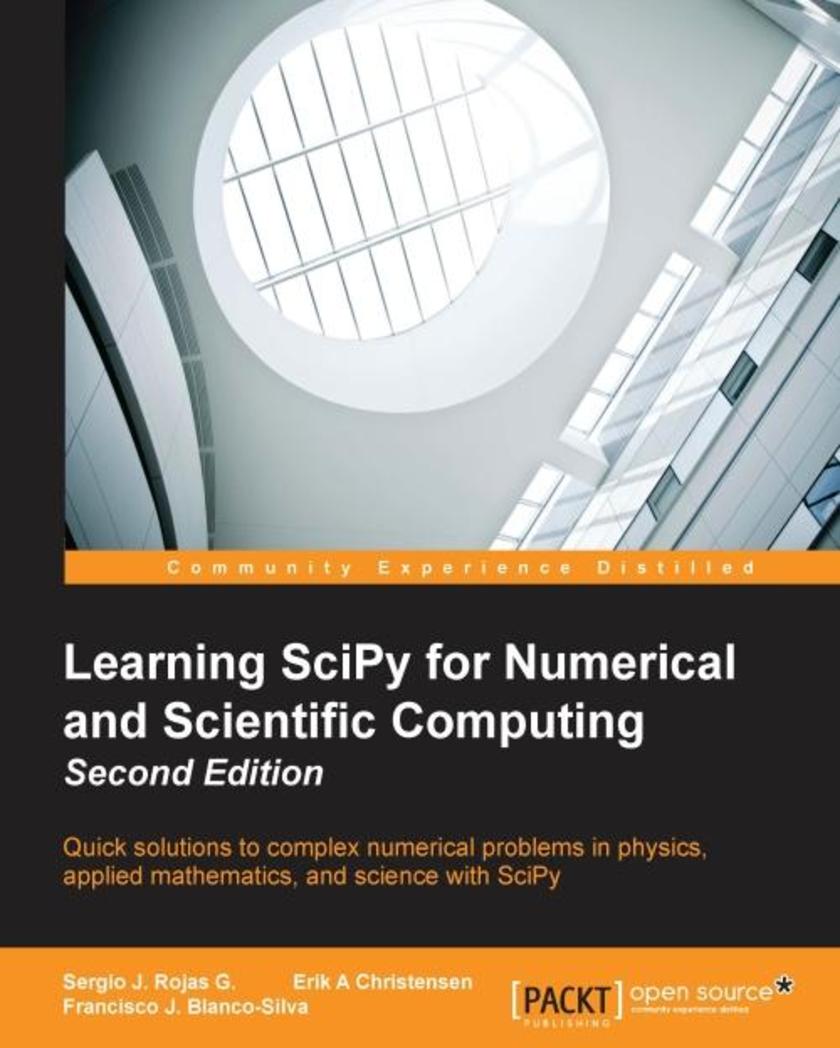
Learning SciPy for Numerical and Scientific Computing - Second Edition
¥54.49
This book targets programmers and scientists who have basic Python knowledge and who are keen to perform scientific and numerical computations with SciPy.
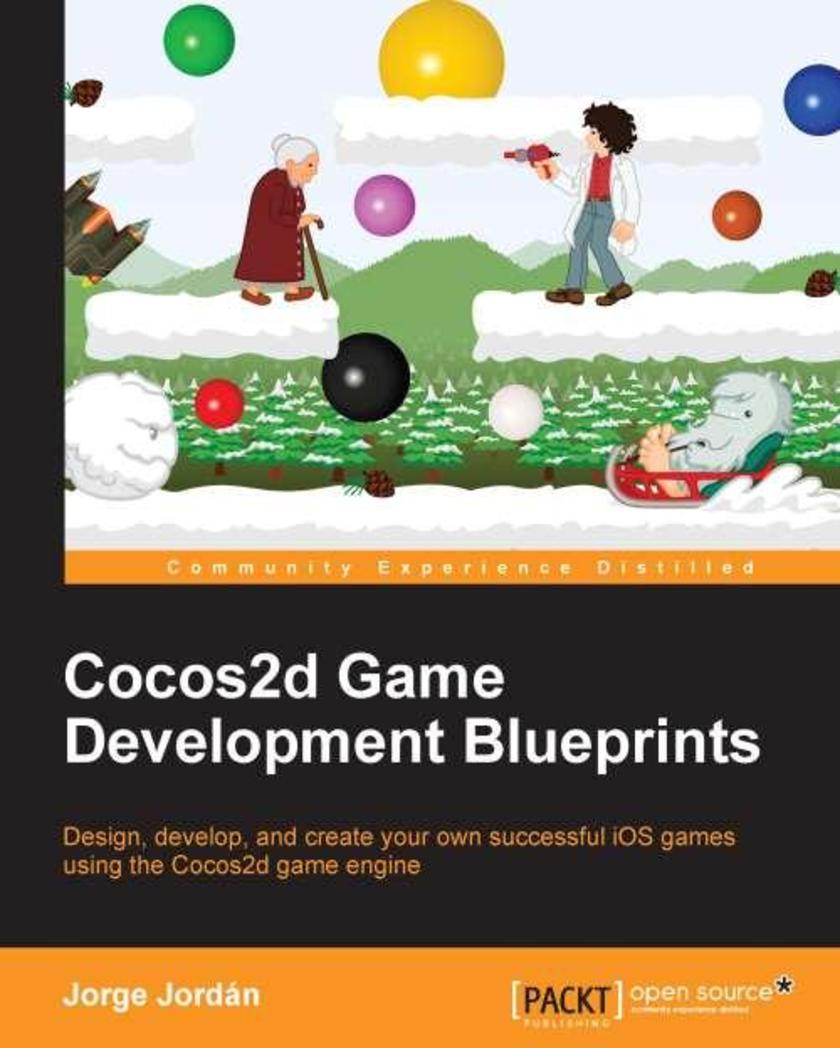
Cocos2d Game Development Blueprints
¥90.46
Whether you are a passionate gamer, like developing, or are just curious about game development, this book is for you. The book has been written to teach 2D game development to app developers and to teach Objective-C to game developers, as learning Cocos2d is the perfect step for both roles.




 购物车
购物车 个人中心
个人中心



